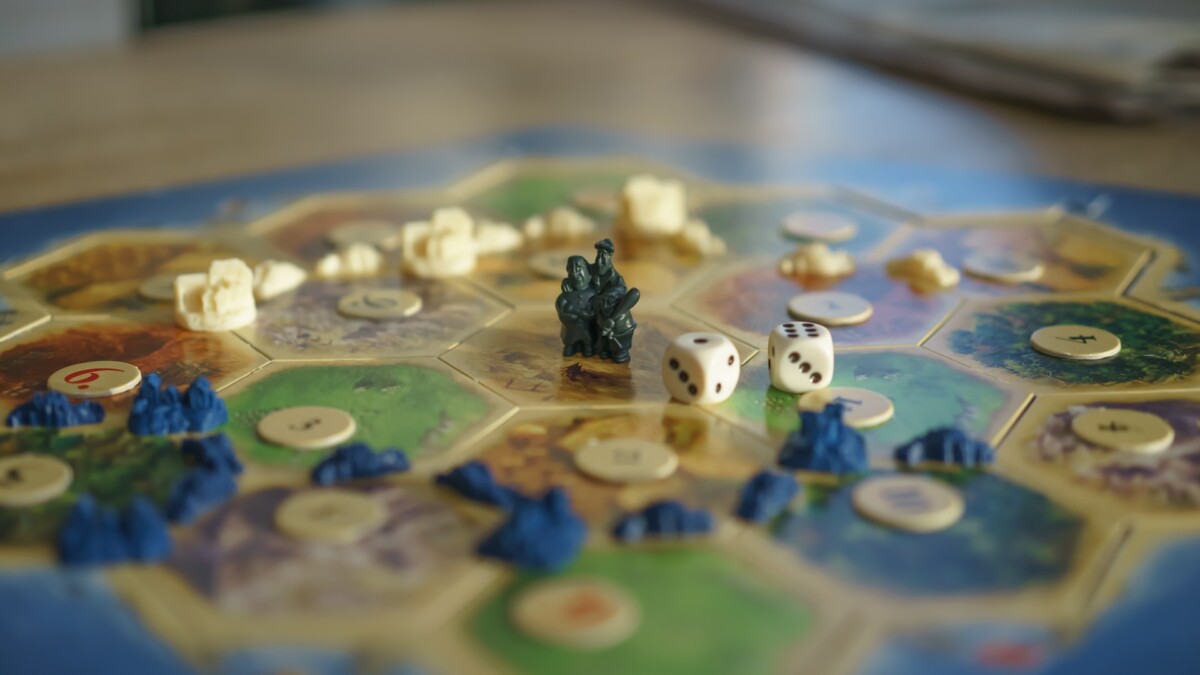In an era dominated by digital entertainment, it’s both surprising and refreshing to witness the resurgence of board games. This revival isn’t just a nostalgic nod to simpler times; it’s a vibrant, evolving landscape where tradition meets innovation. As we delve into the board game renaissance, we discover a fascinating blend of technology, storytelling, and social interaction that’s captivating a diverse audience worldwide.
Board Games in the Digital Age
The board game industry has seen a remarkable growth spurt in recent years, defying the digital-first trend. A glance at sales figures and popular forums reveals a booming market, with classic games receiving modern makeovers and new titles rapidly gaining cult status.
This upswing isn’t just a fad. It’s a testament to the timeless appeal of gathering around a table with friends and family, coupled with the human desire for tactile and strategic experiences that digital games often lack.
What sets today’s board games apart is their ingenious integration of technology. Far from shunning digital advancements, modern board games embrace them, creating a symbiotic relationship that enhances gameplay.
Apps that assist in game setup, track progress, or even act as an in-game narrator are becoming commonplace. Virtual reality adaptations of board games are also on the rise, offering immersive experiences that were once the exclusive domain of video games. These technological advancements not only add a new dimension to gameplay but also attract a tech-savvy audience that might not have considered board games otherwise.
Thematic and Story-Driven Board Games
Another striking trend is the rise of thematic and story-driven games. Gone are the days when board games were limited to abstract strategies or simple roll-and-move mechanics. Today’s games transport players to other worlds, offering rich narratives and themes ranging from fantasy and science fiction to historical events.
Games like “Gloomhaven” and “Pandemic Legacy” have set new standards in storytelling, with evolving plots and characters that offer a depth of experience akin to a good book or movie. This emphasis on narrative not only makes games more engaging but also broadens their appeal to a wider audience, including those who might not typically consider themselves “gamers.”
Board Games as Social Tools
Board games have also found a new role as social tools. They’re being used in educational settings to teach strategy, probability, and teamwork. In the corporate world, board games have emerged as a unique tool for team-building and problem-solving exercises.
This social aspect extends beyond the game itself, fostering community and connection in an increasingly digital world. It’s more about the shared experience and the memories created around the table rather than just winning or losing the game.

Sustainability and Ethical Manufacturing in Board Game Production
Sustainability and ethical manufacturing are also becoming important considerations in board game production. As consumers become more environmentally conscious, game publishers are responding with eco-friendly materials and ethical labor practices. This shift not only resonates with a socially conscious audience but also sets a positive example for the wider industry.
Looking to the future, the board game industry shows no signs of slowing down. We’re likely to see even more diversity in game themes and designers, reflecting the rich tapestry of our global community. Technological advancements will continue to evolve, offering new and exciting ways to play and experience games.
As we embrace these trends, we’re not just rolling dice or moving pieces. We’re partaking in a global phenomenon that celebrates creativity, connection, and the enduring joy of play.
